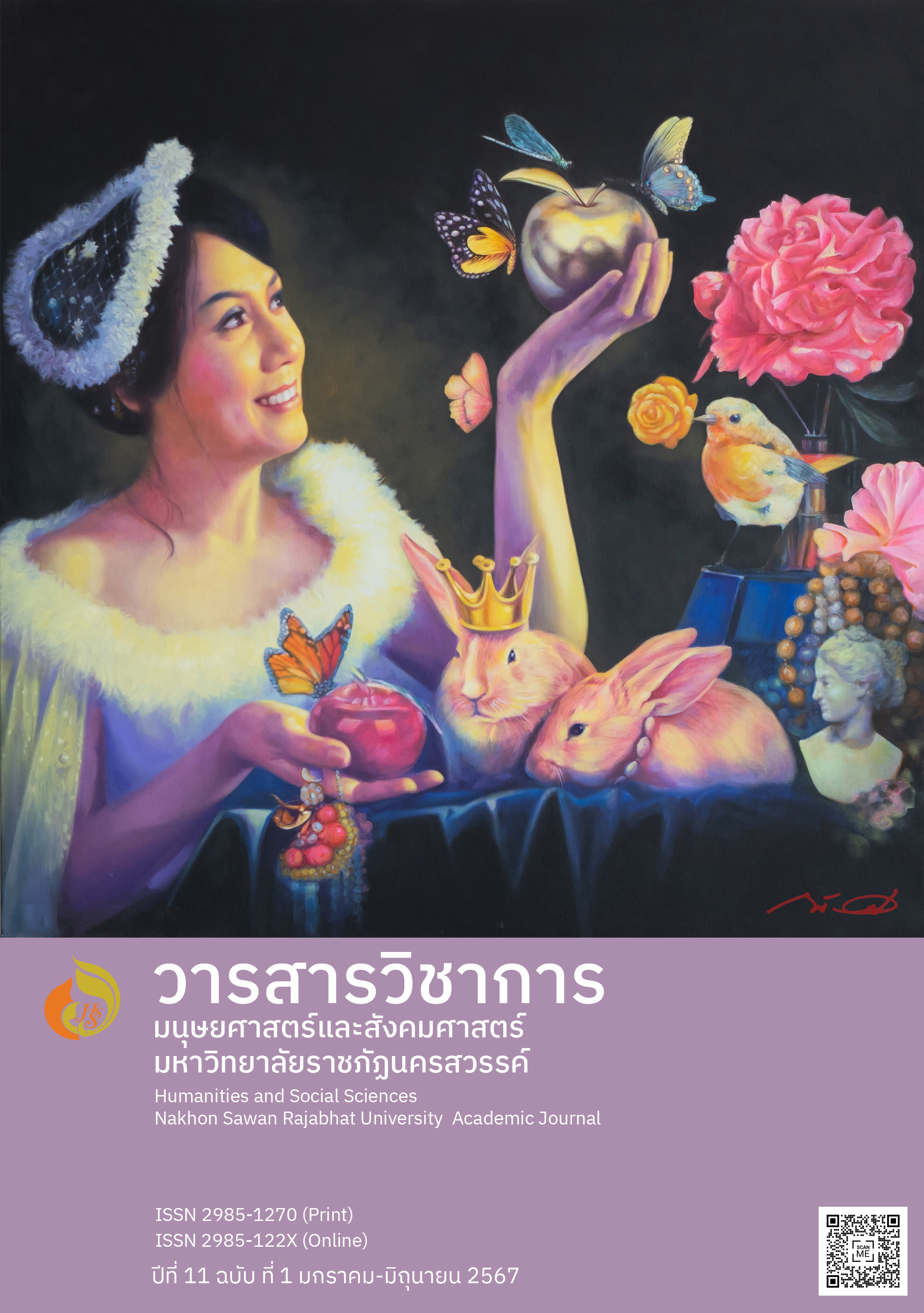Research On the Development Strategy Of Hainan Li Brocade Cultural and Creative Products
Main Article Content
Abstract
As the only world-class intangible cultural heritage project in Hainan, Li Brocade possesses inherent advantages in the development of cultural and creative products. This study aims to investigate the classification, pricing, and development status of Li Brocade cultural and creative products in Hainan. It adopts a qualitative research approach, which involves observing cultural and creative products, conducting interviews with designers and experts, and analyzing survey data. The study identifies the issues in the development process and product positioning of Li Brocade cultural and creative products, and proposes the concept of "constructing an open design ecosystem" for development, emphasizing in-depth research and implementing diversified industry integration development, and formulating development strategies such as building strong cultural and creative brand IP. The goal is to better achieve the inheritance of Li Brocade intangible cultural heritage and promote coordinated economic development.
The research findings can be applied to the development and design of cultural and creative products for the Li and other ethnic minorities in Hainan, providing reference and inspiration for the protection of intangible cultural heritage and the innovation of cultural and creative products for tourism in Hainan. The research emphasizes that cultural and creative product design contributes to the promotion and dissemination of Li ethnic culture while preserving the allure of traditional Li fabrics, thus creating commercial value.
Article Details

This work is licensed under a Creative Commons Attribution-NonCommercial-NoDerivatives 4.0 International License.
References
Chen, J. (2016). Basic Identification Series of Hainan Cultural Relics·Li brocade. Beijing: Science Press.102
Chen, P. (2014). The establishment of a scientific guarantee mechanism is the basic guarantee for the protection of Li brocade skills. Proceedings of the International Symposium on the Protection and Inheritance of Li Traditional Textile, Dyeing, Weaving and Embroidery Skills. Haikou: Nanfang Press.57
Dong, G. (2011). Protection and Development of Intangible Cultural Heritage of Li Nationality in Hainan. Journal of Frontiers. (3), 161-163
Gao, Y. (2018). Development and Research on Derivatives of Living Inheritance of Oil-Paper Umbrellas in Luzhou Fenshui. Art Appreciation. (14), 182-183
Hu, H., & Wang, Y. (2013). Intangible Cultural Heritage Protection: From "Productive Protection" to "Life Protection". Art Baijia. (04), 19-25.
Hu, J., & Zhang, J. (2020). Living Inheritance of Embroidery Intangible Cultural Heritage under Sharing Economy. Journal of Clothing Research. (04), 350-357
John, H (2018). New Creative Economy. Beijing: Beijing Institute of Technology Press.23
Li, R. (2015). On the Rescue Protection of Intangible Cultural Heritage. Chinese Cultural Studies. (09), 9-19
Ou, C. (2022). Research on the design innovation of intangible cultural heritage products under the background of rural revitalization.China Fruit Tree. (05), 112-113
Tian, Z. (2017). Ancient Weir Painting Village - Intangible Cultural Heritage Protection and Tourism Development. Shanghai: Shanghai Jiaotong University Press.11
Wang, Y. (2020). Luoshan Dalong Cultural and Creative Product Development Strategy Based on the Perspective of Intangible Cultural Heritage. Business Economics. (07), 85-86
Wu, S. (2019). The development path of cultural and creative products of intangible cultural heritage traditional handicrafts: Taking Fuzhou bodiless lacquerware as an example. Journal of Nanjing University of Science and Technology. (12), 29-31
Wu, S. (2012). The modern application of traditional brocade patterns of Li ethnic group. Donghua University.
Xu, X., & Zhang, H. (2018). International Experience Reference and Development Strategy Suggestions for the Cultural and Creative Industry of Hainan International Tourism Island. China National Expo. (01), 37-41


